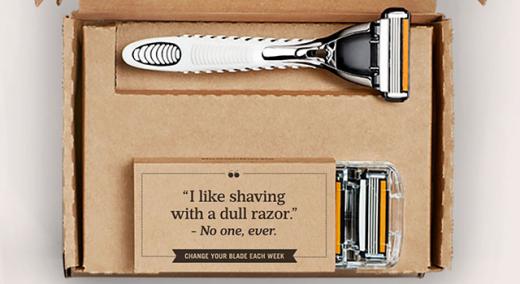Often, there’s a razor-thin margin between success and failure. Not long ago, Gillette—which dominated the $3.5 billion market for razors and accessories for longer than a century—was challenged by a little upstart called Dollar Shave Club, which had just starred in its first commercial for a reported production cost of $4,500.
|
ADVERTISEMENT |
At Gillette, innovation mostly consisted of adding the occasional blade to its disposable cartridges, but there was little incentive to otherwise rock the boat of its delightful recurring-revenue model. After all, hair continues to grow, whether we want it to or not. Prices remained artificially high, and the whole industry had a stodgy image.
But Dollar Shave Club noticed that, although razors themselves were still quite relevant, the way they had been marketed and sold was quite antiquated and inconvenient. Dollar Shave Club entered the market with a far less expensive pricing model, as well as an auto-ship process that would ensure shavers had a fresh blade at the ready without leaving the comforts of home. Along with fun commercials, resonant social media and globalization helped prop DSC up with $200 million in revenue during its first five years.
…

Add new comment